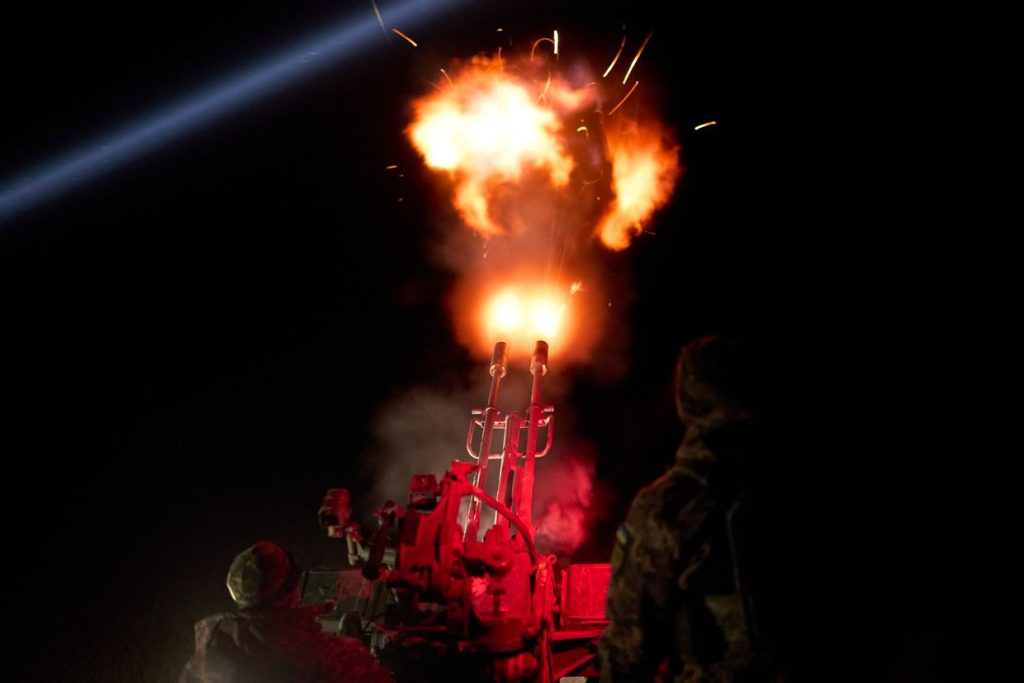The latest updates on the Ukraine war on May 17 include Ukrainian drones hitting military facilities in Russia and Crimea, with Russian claims of over 100 drones being downed. Ukrainian President Zelensky stated that Russia’s offensive in Kharkiv Oblast advanced as far as 10 km but was halted by the first defense line. Additionally, Zelensky signed law amendments increasing fines for draft evasion.
The conflict in Ukraine has intensified with Ukrainian drones targeting military sites in Russia and Crimea, escalating tensions between the two countries. Russian forces have claimed to have shot down over 100 drones, but the exact extent of the damage caused by these attacks remains unclear. President Zelensky’s statements reflect the ongoing struggle to defend Ukrainian territory against Russian aggression.
The offensive in Kharkiv Oblast highlights Russia’s continued efforts to advance into Ukrainian territory, despite facing resistance from Ukrainian forces. The signing of law amendments to increase fines for draft evasion indicates Ukraine’s commitment to bolstering its defense capabilities and ensuring that its military is adequately supported in the face of external threats. The situation remains fluid and unpredictable, with both sides engaging in a complex and volatile conflict.
The use of drones in the conflict adds a new dimension to the ongoing warfare, showcasing the evolving nature of modern warfare tactics. Both sides are utilizing advanced technology and tactics to gain a strategic advantage in the conflict, with drones playing a significant role in intelligence gathering and targeting operations. The downing of drones by Russian forces underscores the high stakes involved in the conflict and the intense competition for control over the region.
As the conflict in Ukraine continues to unfold, international observers are closely monitoring the situation and assessing the implications for regional security and stability. The use of drones in military operations raises concerns about the potential for escalation and the risk of civilian casualties. The involvement of external actors, including Russia and other regional powers, further complicates the dynamics of the conflict and poses challenges for achieving a peaceful resolution.
The Ukraine war remains a critical flashpoint in Eastern Europe, with the potential to escalate into a wider regional conflict with far-reaching consequences. The use of drones and other advanced military technology in the conflict highlights the need for effective diplomacy and de-escalation efforts to prevent further bloodshed and instability. The international community must continue to support Ukraine in its efforts to defend its sovereignty and territorial integrity, while also working towards a peaceful resolution of the conflict through dialogue and negotiation.


